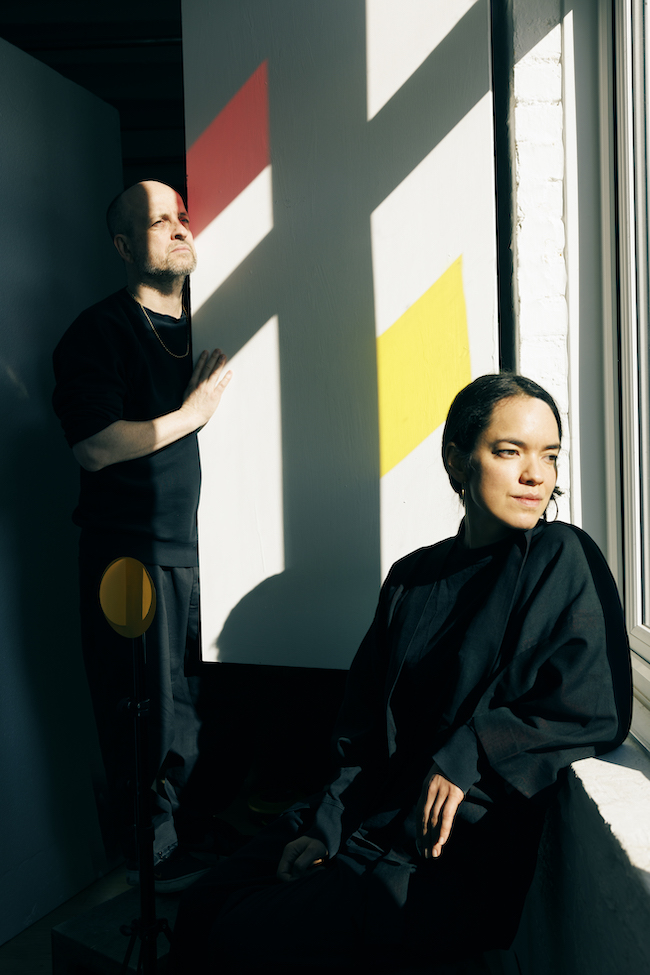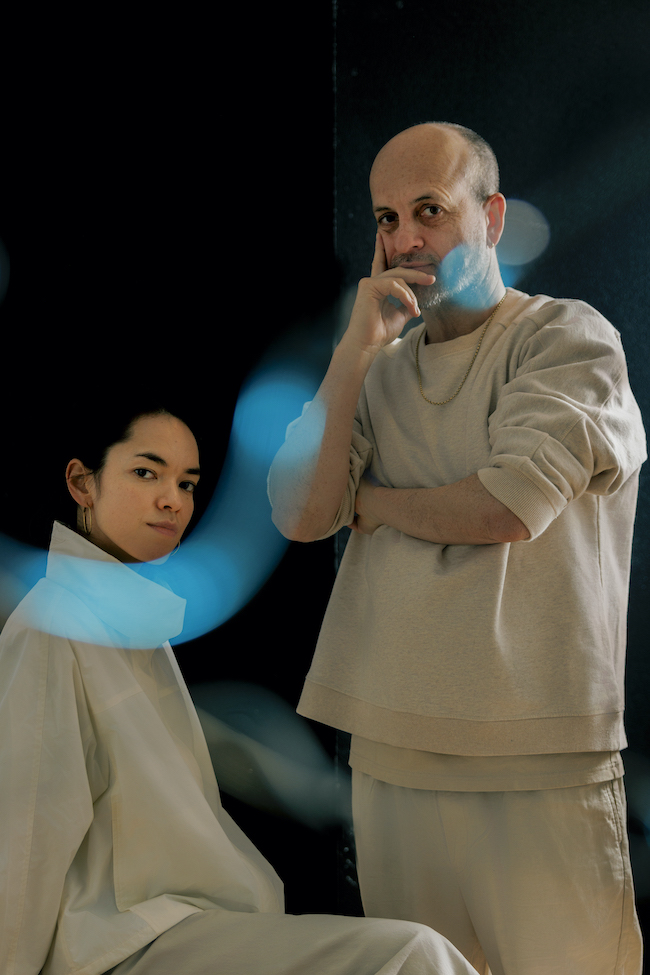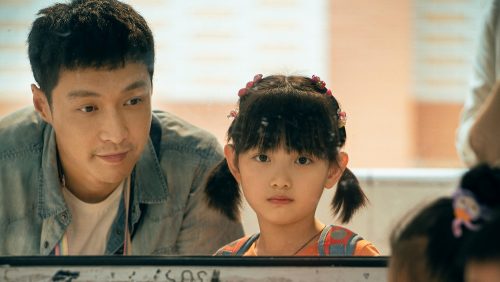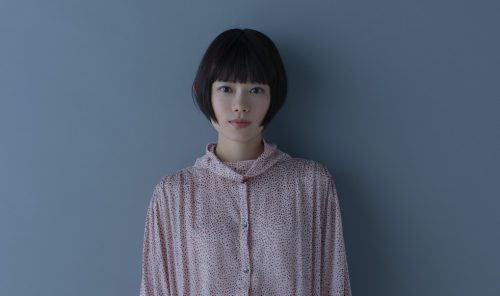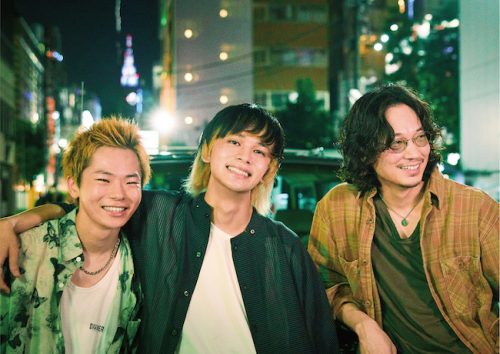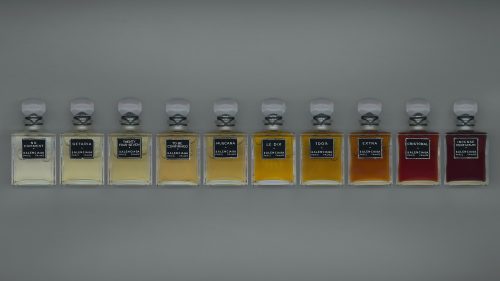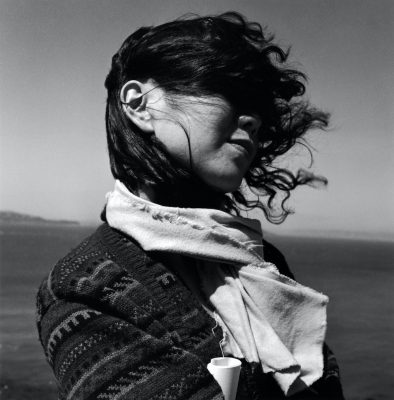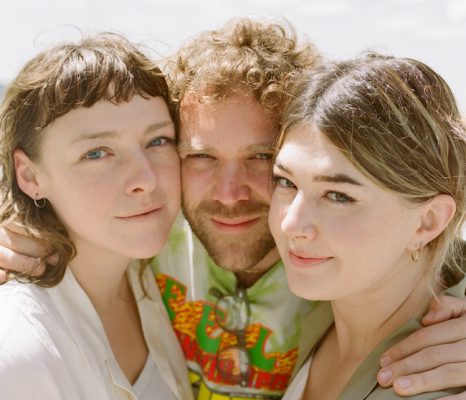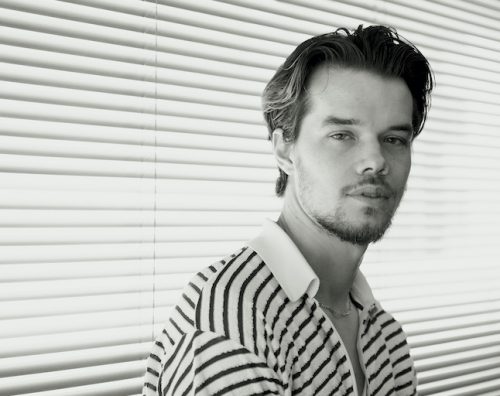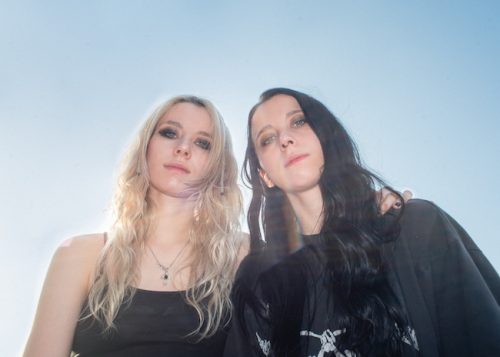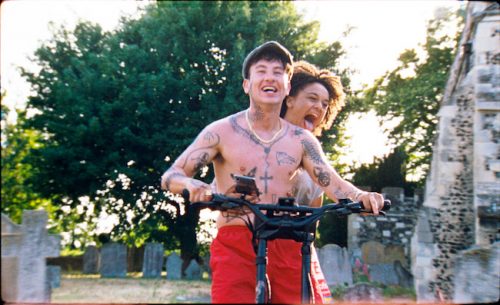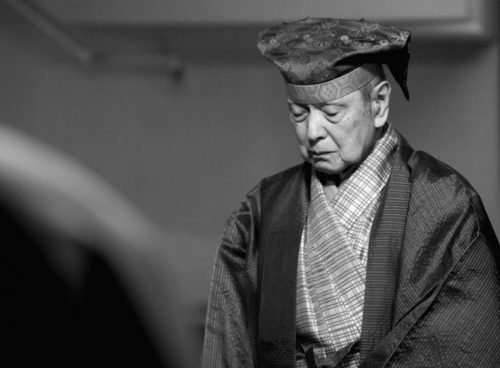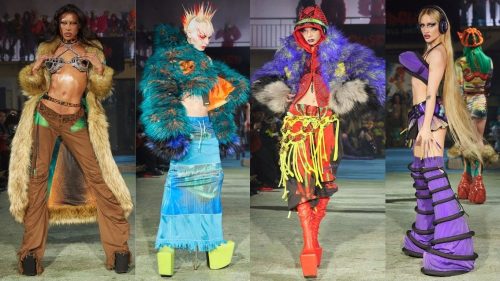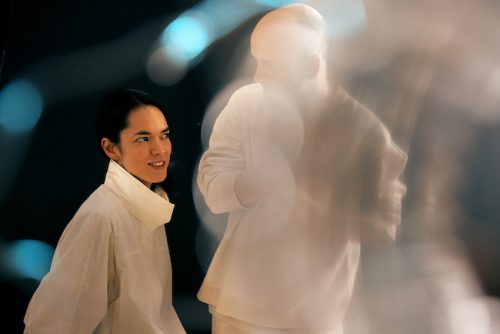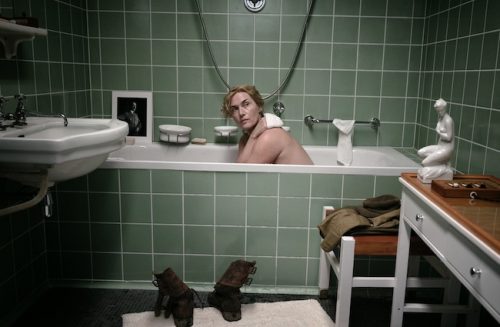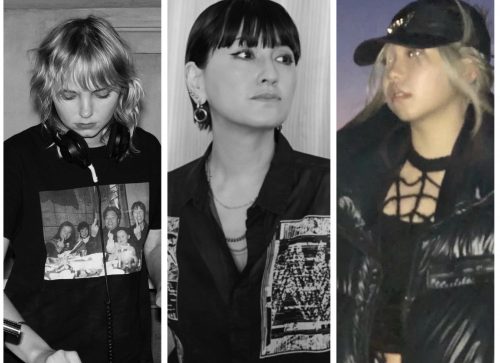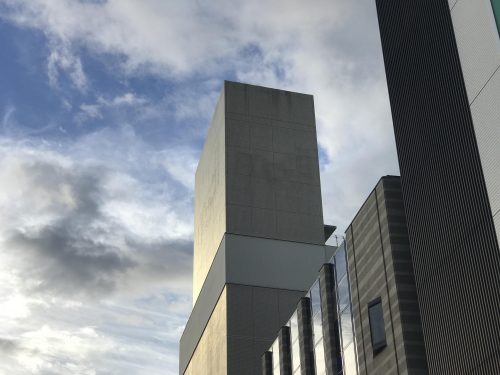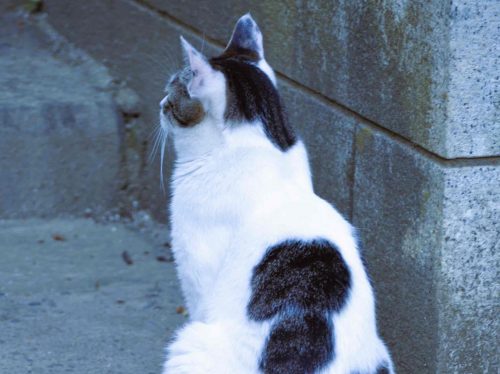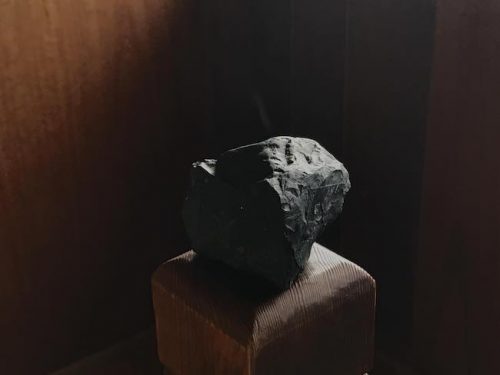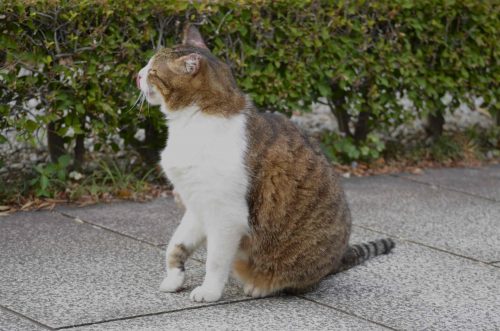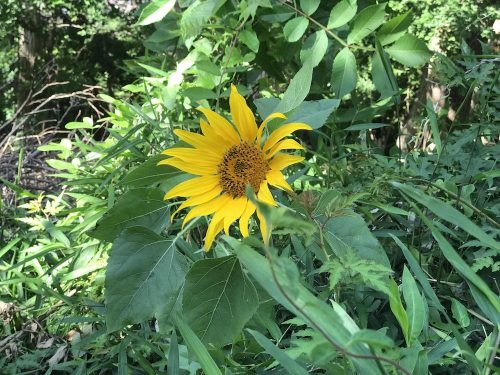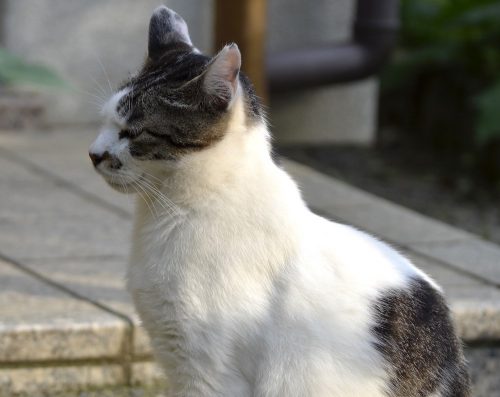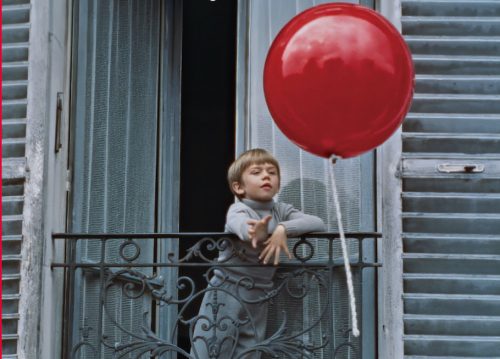ーーThe way sampled everyday sounds and traditional instruments coexist within a single album, constantly shifting form like a lump of soft clay, feels incredibly poetic. I found this ebb and flow to be deeply human. Personally, it felt like a message about living together on one planet, especially in a world that often feels increasingly divided. Matthew, I’ve heard your creative process often begins with the question “Why am I doing this?” – what was the initial question that sparked this project?
Matthew : I guess it started with a hunch that Momoko and I could make something good together. There’s so much thinking and negotiating around making music but at its heart it often comes down to questions such as – do I think I’ll enjoy spending time with this person both in and out the studio? do our politics align? Do our skills align? Can we negotiate gently when we see things differently? The initial question was a literal one to Momoko- would you like to sing on some music i’ve made? But it soon turned into the more exciting question, shall we make something together as equals? I guess what i’m implying is that the process of making art and music feels like it should reflect the kind of society one wants to live in – seeing the best in each other.
ーーHow did you share in that initial question, and how did you incorporate it into your creative process?
Momoko : I think I had an instinctive feeling that Matthew is someone I can “see” and understand, and that we could make something good together. There is kindness and humanity in his approach to music which I connected to immediately. We have developed our respective sounds in quite different areas of music, in different places and for different lengths of time, but seem to have a lot of trust and curiosity around what we can make together. It feels like we communicate clearly but mould shapes together gently.
ーーIn your previous works, the material texture and physicality of sound were central elements. In this project, however, it seems you placed more emphasis on harmonizing those qualities. Were there any changes in your approach to the “feel” of sound? Anything you were consciously imagining throughout?
Matthew : I think that’s a fair conclusion. The quest for harmony across all parts of the project was an important one. There’s a softness to the way we work that felt important to protect. Softness feels radical in today’s world where empathy is seen as weakness at best, or framed as incitement to terrorism at worst with the attacks on free speech around Gaza and all the subsequent violence that entails. Things haven’t been easy in my private life in the last year and so music became a kind of oasis. Maybe that’s the harmony you’re hearing.
ーーAs a vocalist, drummer, and composer, how do you perceive and express the tactile nature of sound? And how did you and Matthew discuss and approach this concept together?
Momoko : Working with Matthew has made my ears more sensitive to the feel and texture of sounds. I’ve so far worked a lot more with live instruments so it’s been valuable to work with someone who is so experienced in sampling. While both Matthew and I enjoy working with concept and using sounds that “makes sense” for the concept, Clay has not been bound to a particular concept. So when we’ve sampled things we have often chosen things just because we felt like it, or because it’s near us, or just to see what happens. Capturing the moment we were in felt like enough of a reason to do it. I think that has helped give the record a playful feeling, like we’ve wandered down different paths sniffing around for something tasty.
ーーWere there any particularly memorable moments or events during the live improvisations for this project that left an impression on either of you?
Momoko : When we jammed on a single koto together for about 40 minutes in our very first session I think I realised that we are both looking for a kind of transcendental flow. That jam eventually helped shape the song “Fallen Again.” I’m usually on drums, keys or voice, and up until that point I had mostly seen Matthew behind computer screens or a desk full of electronics. Playing for ages one instrument that neither of us have much experience in playing made me feel that in spite of our respective comfort zones behind instruments and practices, for both of us those had been vehicles through which we have sought some kind of transcendence and freedom. Actually, when I first saw Matthew play the lyre he made out of a horse’s pelvis I think I already knew he was a seeker of those things.
Matthew : After I made “The Horse” record I rediscovered a love of acoustic sounds and textures, so it was fun to turn the laptop off and just play a new instrument (the koto) for a while. It’s a great instrument as it is both percussive and melodic. As Momoko said, it felt like we played it for hours.
ーーThe dynamics and spatial depth in your intricate rhythmic structures are striking. It reminded me of the Japanese aesthetic of wabi-sabi and Zen philosophy. Could you each share your thoughts on the roles of restraint and subtraction in your musical expressions?
Momoko : I think both Matthew and I have a part of our personality that persistently seeks clarity and cherishes intentionality. We like to put things through a sieve and see what the most fundamental version of a statement looks like. So even though we are both producers who like detail, and have many ideas for layering and building on a musical idea, over the course of making this record we seemed to move towards a sound of two people playing, rather than two producers making mega productions. Also, I think my singing and songwriting naturally chooses themes and tones that feel “intimate,” so the stories feel best told when there is space around the voice.
Matthew : One of the joyful things about the collaboration is a shared interest in Buddhism. Momoko is further along that road than I am, and she’s helped crystalise an interest that I’ve had for many years but not been fully able to explore or articulate. The act of pausing, to meditate or to do less or to think less has been something that has changed for me. My music in the past has at times moved towards maximalism so leaning into restraint felt like an interesting and poetic direction. Music is just a way to measure or bend time anyway, so it’s logical to see it as part of a wider process of reflection.
ーーYour vocal performances draw listeners in while deliberately leaving room for interpretation, a kind of lingering resonance. Is this intentional? How do you decide when to “show/add” and when to “withhold/subtract” in your expression?
Momoko : Being a vocalist is a relatively new thing for me. I never assume that anybody wants to hear my voice, and if someone is going to hear my voice I want them to hear the most honest thing I have to say. While drums can help me express things I don’t have words for, and create grooves that make a space sway and pulsate in different ways, singing can help me express subtle and specific feelings. I use the specificity of words and shapes of melodies to capture a feeling in a way where I can feel it most when I’m singing it, and that is my intention when I’m writing, because that’s how someone else is going to feel what I’m singing about. Space is really important in my singing because it’s how I give care to the story I’m telling and care to the people I’m delivering it to. It takes confidence to believe that my story deserves space around it, and for it to deserve that space all it needs to do is to stay honest.
ーーThis album invites listeners to experience the texture of sound and voice at a slow pace, embracing imperfection and letting it melt into a beautiful flow. “Clay,” as a material, can morph endlessly. How did this concept influence your artistry and challenge you during the making of this album?
Momoko : “Clay” isn’t a concept that guided us from the start, but an album title we settled on after considerable tussle. But I would say that the endlessly morphing quality of clay does reflect the freedom and possibilities I have felt making music with Matthew. I think there were two stages to discovering the expansiveness of possibilities. The first was when Matthew understood that this project will be a more equal collaboration than what he had thought it would be at the start and what he has done before, where he makes beats in a primarily house music style and writes a lot of the lyrics and the collaborator mostly just sings. The second was when we had a week in a studio together to shape the music after a period of working mostly remotely on the songs. I think the decision to collaborate more fully and having time to work in person for a concentrated period really brought into focus how we have complementary skill sets and a curiosity to find the juicy ways to merge our sounds and ideas. A lot of joy and excitement comes from hearing each of our personalities clearly in a piece of music we both enjoy but could never have made on our own.
Matthew : It started out as a house music album as Momoko mentioned, and I’ve looked at a few of the records I’ve done under the name HERBERT as a kind of domestic house music. So I liked the idea of going back even further from walls and windows, not even to bricks, but to clay, the foundations of so many places we call home. I like how clay feels both abstract and hard to pin down, but also something that hardens into solid forms over time – something that can bear the weight of what comes after it.
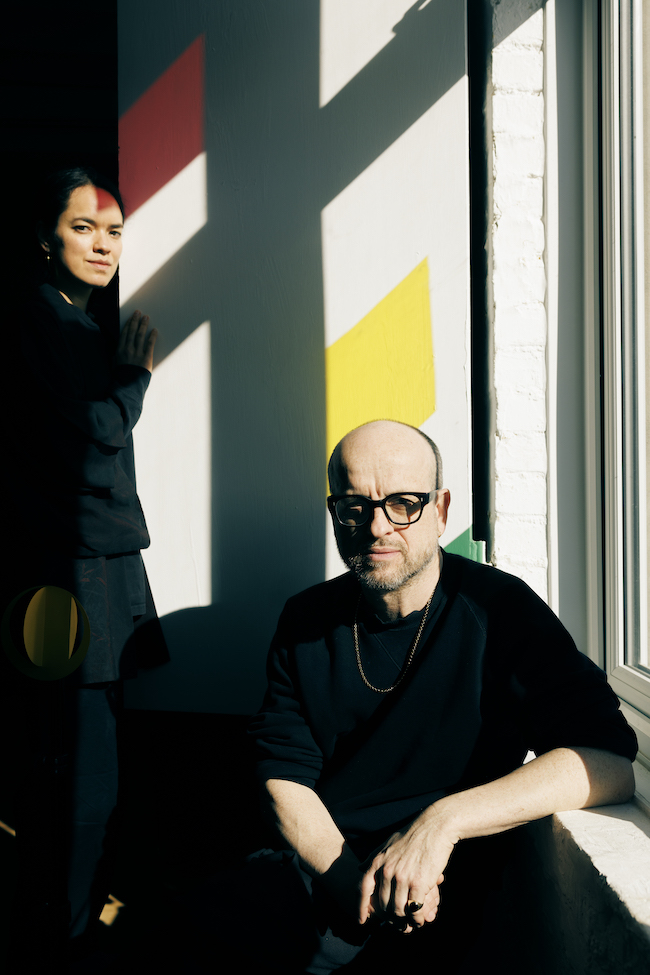
ーーFinally, I felt this work offered a space to reflect on the fact that even distant events are all interconnected. In today’s world, where that awareness can be difficult to hold onto, this album gave me a sense of connection and hope. How do you hope this music will respond to or influence the society we live in?
Matthew : I’m pleased you felt that! I feel like there are a couple of distinct ways that music as a recorded medium can be a political force. (I’m talking about the forms of music itself and not about the context around it). One is to engage directly with the world and its issues, for example by sampling the sounds of the genocide in Gaza. Another way is to create a new imaginary space that is free from violence, that can offer a refuge. This record tends to move more into a space that prioritises love and compassion and thoughtfulness. Our hope is that our music can contribute to the chorus of love that exists in the world, a chorus that is often drowned out by unashamed patriarchal racial violence and greed.
Momoko : My first ever project I produced and wrote for was An Alien Called Harmony, also a duo project, and so many songs I have written are predicated on a worldview that the microcosm we embody is the macrocosm we create. My most habitual way of responding to the ills I see in the world is to look inside myself and at my immediate, close relationships. We always need to take outward action in this life to make things better but I also know that the illnesses of this world can’t be healed without our dedication to heal ourselves and our close relationships, with people, other beings and the immediate environment in which we live. Clay was made with curiosity and openness to each other and a dedication to honest and unique expression, and enjoyment. We cared so much about the songs without holding onto them too tightly, letting them evolve as they pleased. I think all of this makes for a joyful record. I guess I’d be happy if people could catch a bit of joy from it too, like sand left in shoes or seaweed left in hair.
text Ryoko Kuwahara(https://www.instagram.com/rk_interact/)
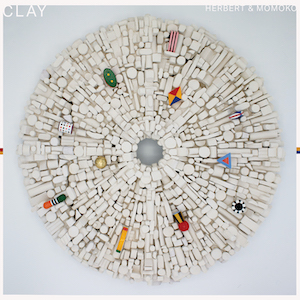
Herbert & Momoko
(Matthew Herbert & Momoko Gill)
『Clay』
2025.06.27 Release
Format: Vinyl LP / CD / Digital
Label: Strut / Accidental
Link: https://strut.lnk.to/Clay
HERBERT & MOMOKO – LIVE
31st July – Dekmantel, Amsterdam
8th August – Zurich
https://www.matthewherbert.com
www.momokogill.com
www.accidental.co
www.strut-records.co.uk
